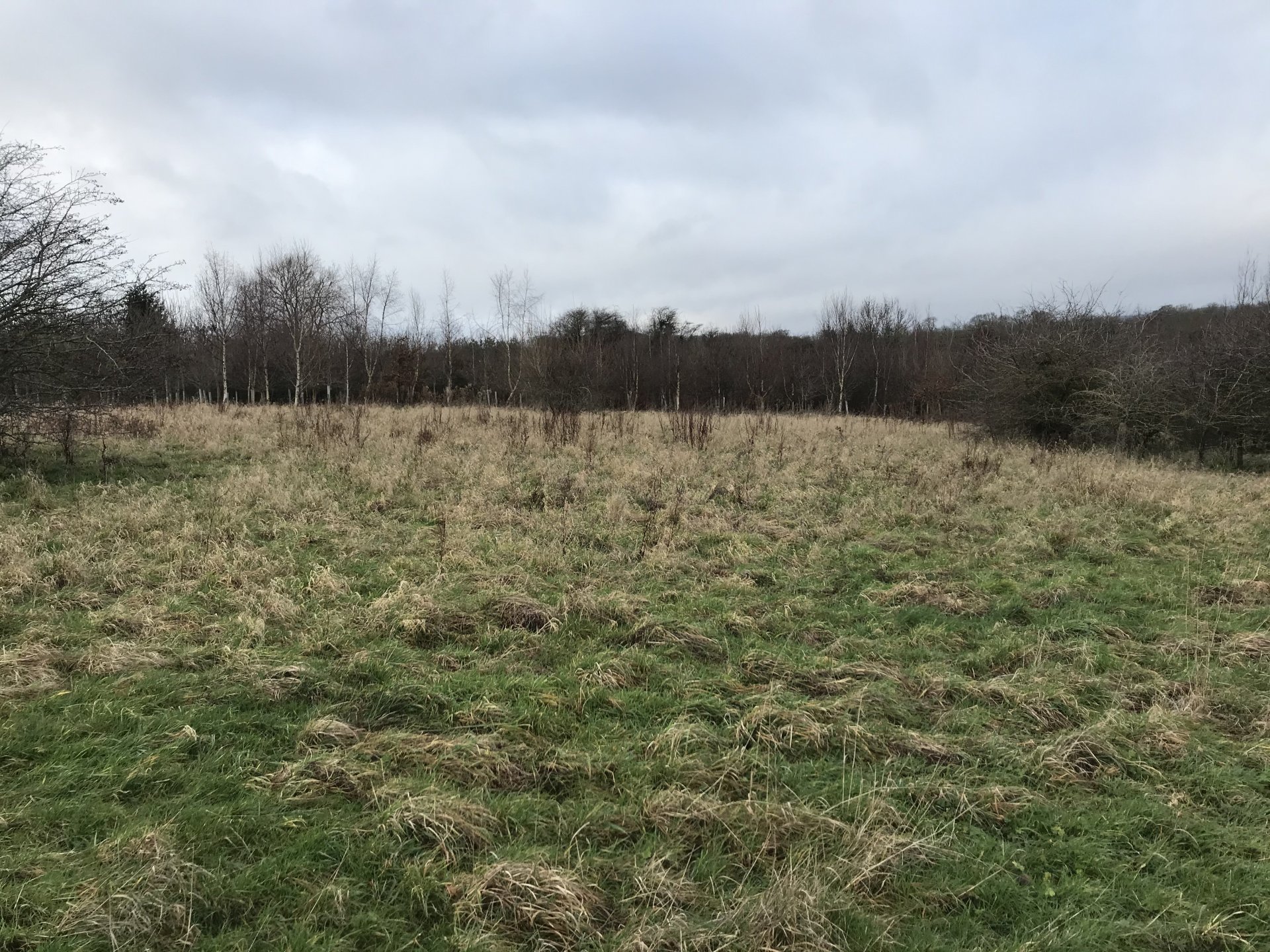TrickyT
Member
I help manage a small area of grassland for a 'country park' that is in my hometown. I am not a farmer, but have an interest, but mainly in vintage match ploughing!
This mainly involves cutting pathways with my Ferguson TEF-20 and a 4ft topper, along with some other maintenance activities that are required.
We have been given some money to convert an area of it from rough grassland to a wildflower meadow. This is only a small area initially of about 1.5 acres.
We have had advice from suitable groups, but most of this will be done but the committee of 8 members and hopefully some community involvement.
The only equipment we currently have is my Ferguson TEF-20, a 4ft topper and I also have an MF finger bar mower that could be used for cutting of the meadow when established.
Now we could contact this out and then maintain the meadow as it is proposed to be a 10 year project, but we would like to do in 'in house' to give us the opportunity to do future wildflower meadows where possible.
Now initially we have been told that the existing grass needs to be cut as low as possible.
The topper would not cut close enough and would also leave the cut grass in rows, which would have to be collected and removed. However, a flail mower will cut it much finer and would not need collecting. It could also be set lower to disturb the soil in places which is advantageous in creating the meadow.
I am aware that a fail mower for a TEF-20 would have to be quite small, but that would keep the cost of purchase down.
Once cut, the area would need to be 'roughed up' to accept the seed that we are planning on sowing. Would this be best with chain harrows or using a spring tine grass harrows, I am thinking spring tine grass harrows?
We have been told that the best was would be to broadcast the seed by hand due to the small amounts needed.
Would the seed need to be rolled? It would not be on any of the footpaths and there are no livestock?
Any advice on how it should be done and equipment would be appreciated.
This is the area proposed for information.


Regards
Trevor
This mainly involves cutting pathways with my Ferguson TEF-20 and a 4ft topper, along with some other maintenance activities that are required.
We have been given some money to convert an area of it from rough grassland to a wildflower meadow. This is only a small area initially of about 1.5 acres.
We have had advice from suitable groups, but most of this will be done but the committee of 8 members and hopefully some community involvement.
The only equipment we currently have is my Ferguson TEF-20, a 4ft topper and I also have an MF finger bar mower that could be used for cutting of the meadow when established.
Now we could contact this out and then maintain the meadow as it is proposed to be a 10 year project, but we would like to do in 'in house' to give us the opportunity to do future wildflower meadows where possible.
Now initially we have been told that the existing grass needs to be cut as low as possible.
The topper would not cut close enough and would also leave the cut grass in rows, which would have to be collected and removed. However, a flail mower will cut it much finer and would not need collecting. It could also be set lower to disturb the soil in places which is advantageous in creating the meadow.
I am aware that a fail mower for a TEF-20 would have to be quite small, but that would keep the cost of purchase down.
Once cut, the area would need to be 'roughed up' to accept the seed that we are planning on sowing. Would this be best with chain harrows or using a spring tine grass harrows, I am thinking spring tine grass harrows?
We have been told that the best was would be to broadcast the seed by hand due to the small amounts needed.
Would the seed need to be rolled? It would not be on any of the footpaths and there are no livestock?
Any advice on how it should be done and equipment would be appreciated.
This is the area proposed for information.


Regards
Trevor









